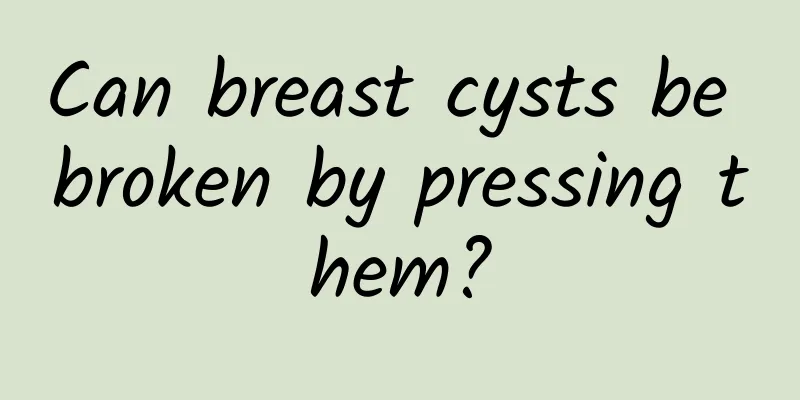How to treat lumbar bone spurs

|
Bone spurs on the waist may sound disturbing. In fact, bone spurs are a phenomenon that may occur during the natural aging process of the human body, especially in the spine. Bone spurs on the waist may cause back pain, stiffness, and even affect daily activities. So, how to effectively treat bone spurs on the waist? It is important to understand the causes of bone spurs in the lower back. Bone spurs are usually caused by osteoarthritis, degeneration of the intervertebral disc, etc. They are not a separate problem, but a response of the body to the wear and tear of the joints. The goal of treatment is to relieve symptoms and improve quality of life, rather than simply remove the bone spurs. In terms of treatment, non-surgical treatment is the first choice for most people. Physical therapy is one of the effective ways to help increase the strength and flexibility of the waist muscles and relieve pain through specific exercises and stretching. Alternating hot and cold compresses can also help relieve discomfort. In terms of drug treatment, non-steroidal anti-inflammatory drugs (NSAIDs) such as ibuprofen can help reduce inflammation and pain. If nonsurgical treatments don't work, your doctor may recommend injectable treatments. Steroid injections can be applied directly to the affected area to quickly reduce inflammation and pain. However, this method is usually only suitable for short-term use. In some cases, surgery may be necessary. When a bone spur is severely affecting nerve function, causing persistent pain or other neurological symptoms, your doctor may recommend surgical intervention. Surgery can relieve symptoms by removing the spur or stabilizing the affected joint. However, surgery carries higher risks and a longer recovery time, so it should be considered carefully. In daily life, maintaining a healthy lifestyle is also crucial to preventing and managing bone spurs. Maintaining a proper weight, avoiding excessive weight on the waist, and doing regular moderate exercise can all help reduce the pressure on the waist. Good posture habits can also effectively prevent the aggravation of waist problems. Bone spurs on the waist are not uncontrollable. The key is to choose the right treatment plan and maintain a healthy lifestyle. If you have related symptoms, it is recommended to consult a professional doctor in time to get personalized treatment advice. In this way, you can better manage symptoms and enjoy a higher quality of life. |
<<: How to treat cystitis in men
>>: Symptoms of Urinary Tract Infection in Children
Recommend
Causes of neonatal intestinal obstruction
The causes of neonatal intestinal obstruction may...
Activating blood circulation and removing blood stasis has dissolved the cyst
Blood circulation and stasis treatment cannot dir...
Is chlamydia a sexually transmitted disease?
Chlamydia is indeed a sexually transmitted diseas...
What happens if perianal abscess recurs?
Recurrence of perianal abscess may lead to worsen...
Is congenital hydrocephalus life-threatening if it is not treated?
If congenital hydrocephalus is not treated, it wi...
How to quickly relieve calf cramps
Calf cramps, this unexpected pain often strikes s...
How to prevent tenosynovitis
The tendon sheath is a sheath-like structure that...
Ten herbs to fight hemorrhoids
Hemorrhoids, sounds a bit uncomfortable, right? I...
Folk remedies for breast cysts
There is no solid scientific basis for folk remed...
Will breastfeeding make breast nodules worse?
Breastfeeding will not aggravate breast nodules, ...
How to treat gallstones with surgery
Gallstone surgery is one of the main means of tre...
Can I exercise more if I have kidney stones?
Patients with kidney stones can exercise moderate...
What is liver bleeding?
Liver bleeding is a potentially life-threatening ...
Symptoms of rheumatoid arthritis synovitis
Typical symptoms of rheumatoid arthritis synoviti...
Does perianal abscess require surgery?
Most perianal abscesses require surgical drainage...









